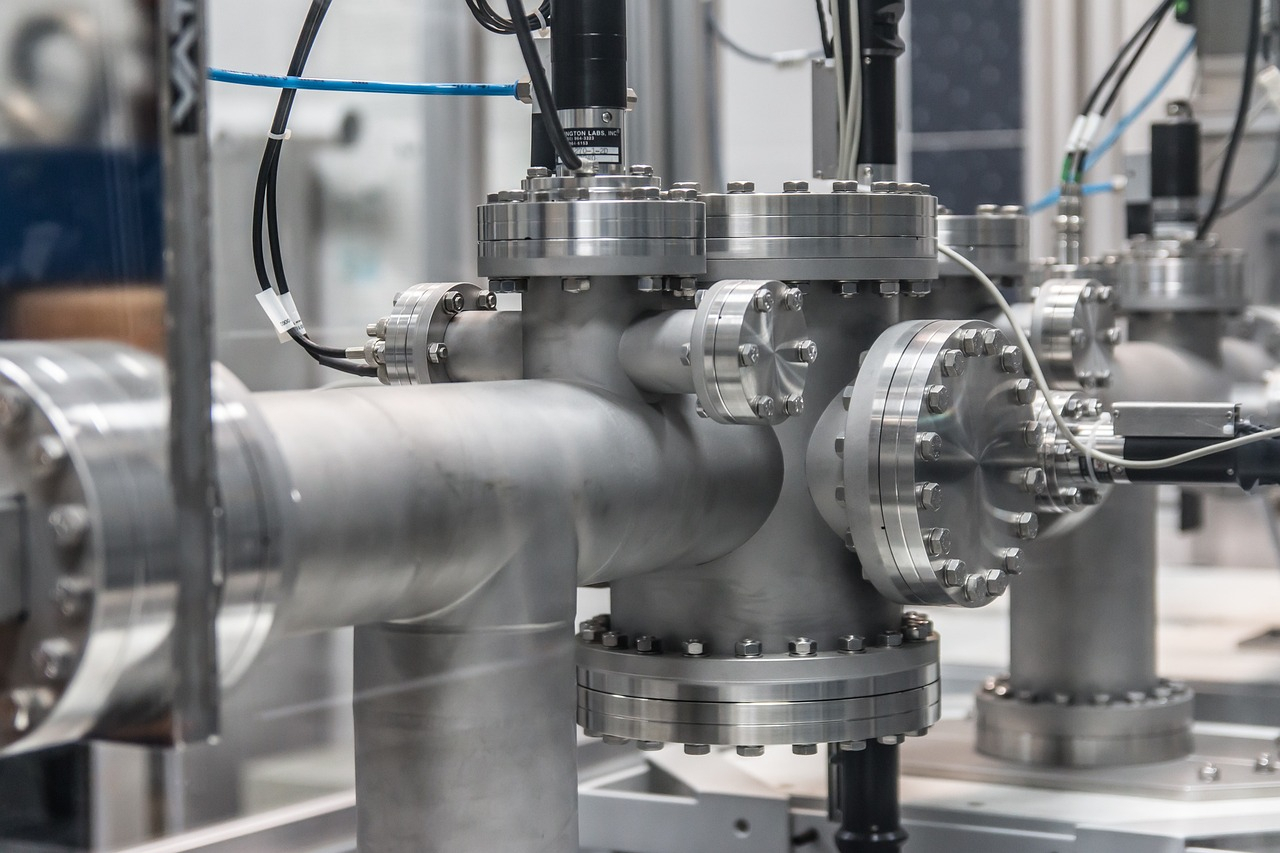The structural solution of all single-stage network pumps is uniform, i.e., they share a common structural scheme.
As an example of the structural design of a single-stage pump, let's consider the SE 500-70-16 network water pump.
The SE 500-70-16 network water pump is a centrifugal, single-stage, horizontal, spiral type pump with a double-sided inlet impeller.
The basic component of the pump is the housing with a horizontal connector in a plane passing through the pump axis. The pump housing is a complex cast iron casting consisting of two parts (pump cover and pump body), in which channels of semi-spiral inlet and double-entry spiral outlet are cast, as well as chambers (thermo barriers) for supplying and discharging cooling liquid to the end seals. In the lower part of the housing, inlet and discharge nozzles, support lugs, trough-shaped brackets for leak collection, and bearing housing attachments are also cast. The location of the inlet and discharge nozzles at the bottom of the housing allows disassembly of the pump without removing the pipelines. The nozzles are directed horizontally in opposite directions. The horizontal connector is sealed with a paronite gasket. Bolts along the connector are tightened with cap nuts to prevent hot water from seeping through the bolt threads. The housing has four lugs, the support surfaces of which are maximally close to the pump axis to reduce eccentricity when the pump is heated, and it is supported by foundation frame pedestals. To ensure directed thermal expansion of the pump, pins are installed in the lower part of the housing, serving as guide pins. In the upper part of the pump housing (cover), there is a plugged hole for air release. Sealing rings are installed at the impeller sealing points in the pump housing.
The pump rotor of Mains Water Pump is an independent unit consisting of a shaft, impeller, seal sleeves, left bushings, right bushings, and fastening elements. The impeller consists of two halves and is fitted onto the shaft with a sliding fit. Torque is transmitted to the impeller via a key. To prevent axial movement, the impeller on the shaft is fixed with left and right sleeves. The seal sleeves are fixed against axial movement by set screws. Thermal clearances are provided between the rotor components to compensate for thermal expansions. The rotor is statically balanced after assembly.
The rotor is relieved from axial forces by using a double-sided inlet impeller.
The shaft seal of Mains Water Pump is of the mechanical type. To maintain the temperature regime in the seal chamber, cooling liquid is supplied to and discharged from the thermo barriers. A ring throttling gap is provided in front of the seal for relief. Leakage through the seal is collected in the tray and discharged into the drainage.
The option of installing end seals is possible.
The rotor of the pump is supported by roller bearings, which are installed in detachable housings. The drive-side bearing absorbs radial loads. The free-end bearing absorbs residual axial forces and radial loads. Bearing lubrication is liquid, ring (sump) type using a splash disk. Oil level indicators are provided in the bearing housings for oil level monitoring. Cooling water chambers are provided in the bearing housings.
Alignment of the rotor with the stator is achieved by moving the bearing housings with adjusting screws. After final alignment, the bearing housings are fixed relative to the pump housing by tapered pins.
Within the pump, there is a system of auxiliary pipelines for cooling the end seals of the rotor and bearing assemblies.
An asynchronous three-phase motor with a squirrel-cage rotor is used as the drive.
The pump and motor are connected to each other using a flexible bush-finger coupling. The coupling is covered by a guard.
The designation of the pump means: SE - network electric pump; 500 - delivery in m3/h; 70 - head in m; 16 - pressure at the inlet in kgf/cm2.





